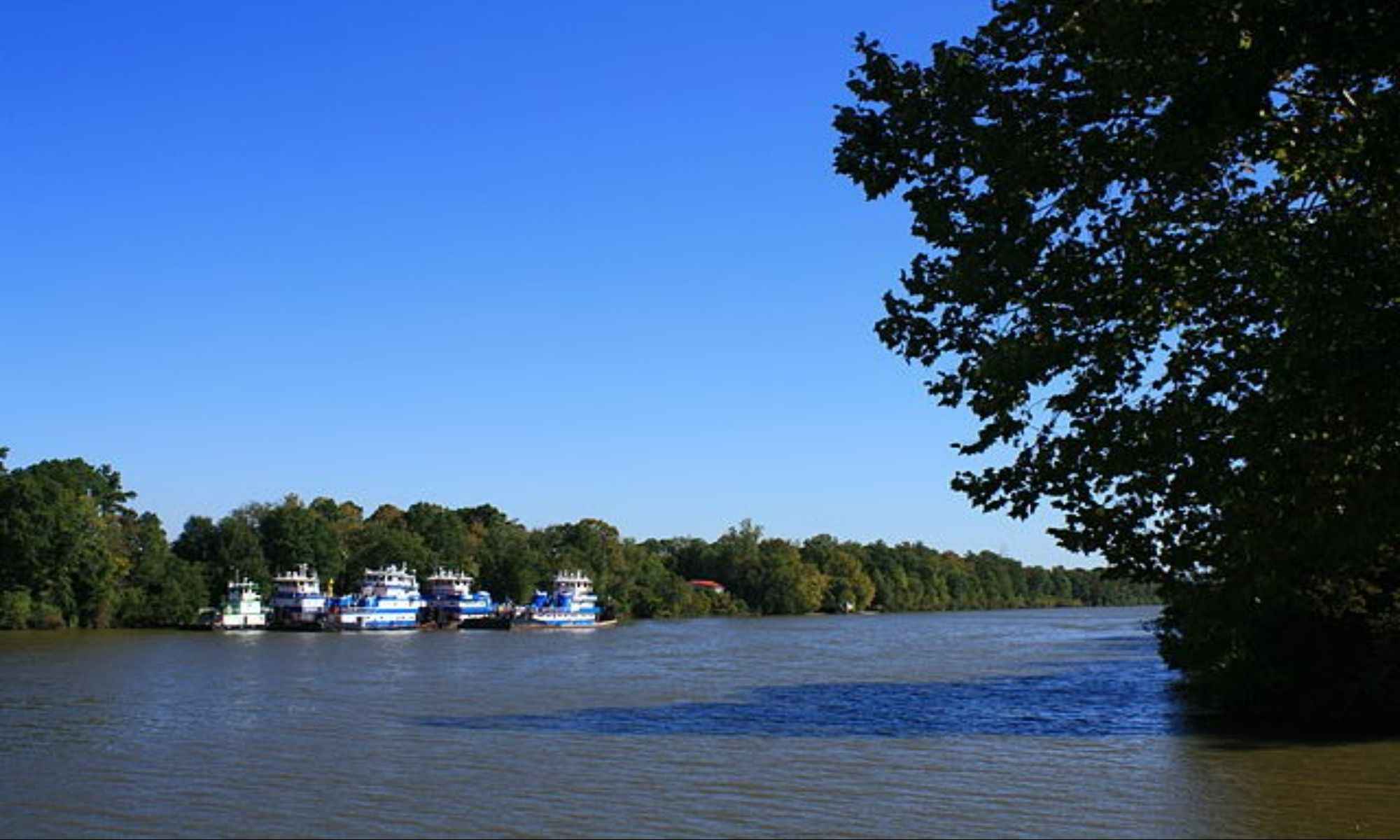Book Your Fishing Charter in Akron, AL
Akron, AL is an inland community surrounded by nearby bodies of water rich in fish. It's a good starting point for fishing in Alabama!

Akron is a small inland community in Hale County in the west-central part of Alabama. The hometown of the major league baseball player, Riggs Stephenson, was known to have retired with a .336 batting average.
During the 1870s, the construction of railroads resulted in the development of this community and made it a livable area. Following its incorporation during the 1900s, Akron experienced a surge of various shops and hotels. Today, with a population of around 300, this community relies on soybean farming for its economy. Its proximity to neighboring cities and major fish-rich waterways make it a good starting point for anglers.
Akron Fishing: A Peaceful Experience in Alabama

In Akron, Alabama, anglers can choose between a 20-minute or an approximately 2-hour drive when deciding on a fishing spot. Black Warrior River is the perfect place for those who want a fishing spot near yet will still provide them with plenty of options. This river is the main source of hydroelectric power and drinking water for the people of Alabama. It also houses a vast array of fish such as largemouth bass, spotted bass, blue catfish, channel catfish, crappie, white bass, and smallmouth bass. February, March, and April are the best months to come here for bass fishing. Another nearby fishing spot is a lake called Martin Slough. Here, anglers will have a great time catching blue catfish, crappie, grass carp, and Bonnethead shark. March, April, and May are the best months to catch crappie around this area.
Meanwhile, those who enjoy a good long drive during a fishing trip would love Roland Cooper State Park. This park has boat-launching docks where anglers can catch crappie, bluegill, striped bass, and bluefish. Another hour and a half away from Akron is the Paul M. Grist State Park, a family-friendly place that boasts a 100-acre lake. Here, anglers can catch largemouth bass, smallmouth bass, bluegill, catfish, and redear sunfish.
Take a Glimpse of the Past in Akron
1. Revisit the Past at Tanglewood
Over a century ago, the Tanglewood Estate was a plantation house built by a man named Page Harris. The Tanglewood Estate is a facility used for biological research mainly by students at the University of Alabama. It was added to the National Register of Historic Places due to its architectural significance. Visitors, especially history buffs, will enjoy touring this 567-acre property as they see various memorabilia and documents dating back to the early 1800s.
2. Visit the Moundville Archaeological Park
Called the “Big Apple of the 14th Century,” this national landmark site is the home of Alabama's tallest earthen mound. Visitors may avail of guided or self-guided tours as they learn about Alabama’s rich history through the park’s museums and the breathtaking panoramic landscape.


